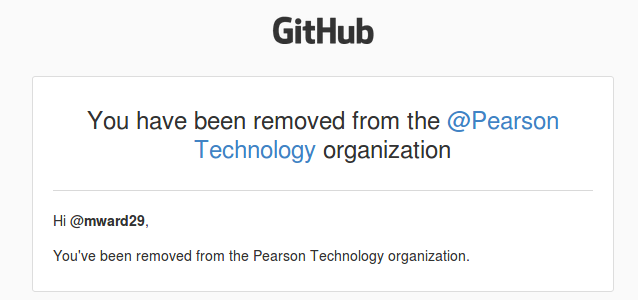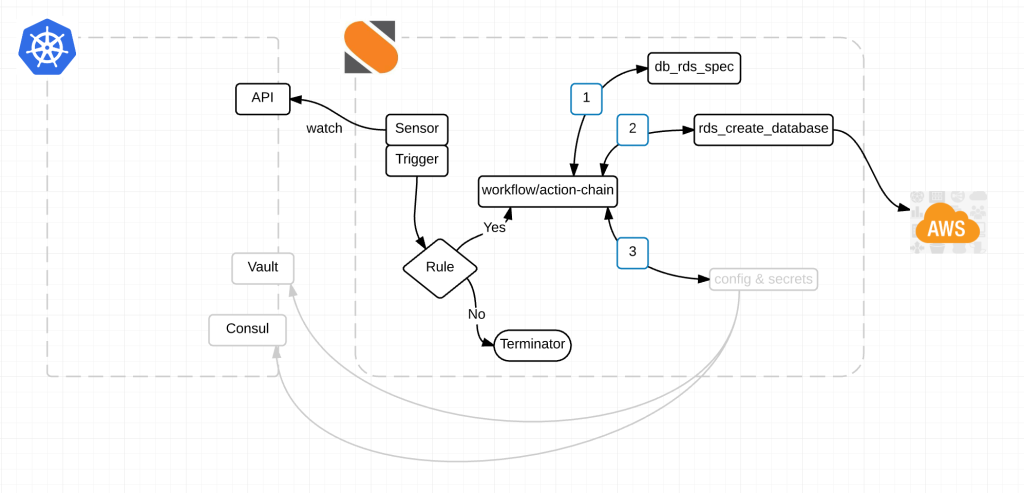Today is my last day as a Principal Cloud Platform Architect at Pearson. Over the last few weeks I’ve had a bit of a retrospect on my time at Pearson. Our accomplishments, our failures, our team and all the opportunity it has created. I’m amazed how far we have come. I’m thankful for the opportunity and the freedom to reach beyond what many thought possible.
I left nothing on the table. I gave it all I had.
But one question still stands.
What IS Bitesize?
Bitesize is a platform purpose built for the future of Pearson.
Its a combination of interwoven technologies and application development methodologies that has resulted in advancements far beyond what any cloud provider can currently attain.
Its a team of engineers that believe, support and challenge themselves and others both in and outside the team.
Its a group of leaders that believe in their team and are willing to stick their neck out for what’s right.
Its a philosophy of change.
Its an evolving set of standards that increase fidelity of these interwoven pieces.
Bitesize is the convergence of disparate teams to make something greater than it could individually.
Its a treadmill of technology.
As I began thinking about what has been accomplished I decided to write down a few. I know I will leave many unsaid but hopefully this will give a view into just how much has been accomplished. Many may see this list and think one of two things: “That’s total bullshit, no way they did all that” or better yet “Ok I buy it, but have you reached nirvana?”
My answer to the former – “test your bullshit meter, its a bit off”
My answer to the latter – “as soon as one reaches a star, they realize how many other stars they want to reach”
A few achievements to date:
Fully automated platform and application upgrades
Completely scalable CI/CD pipeline treated as cattle (i.e. if they go away they self configure when they come back up)
Built-in log and data aggregation per Kubernetes namespace
Deep cloud provider integrations without lock-in
Fully automated database provisioning (containers and virtual machines)
Dynamic Certificate Management using Hashicorp Vault fully integrated with Load Balancers
100% availability for the platform and applications through critical business periods (to my knowledge this has not been achieved til now at Pearson)
Dynamic Application Configuration
Immutable Application architecture
OAuth into the platform and various infrastructure components
Universal API for single point of use
Audit Control and Compliance throughout the stack
Baked in Enterprise Governance
Highly secure, full BGP mesh cross geographic regions, capable of standing up new endpoints < 10 seconds
8.5 Million concurrent (and I do mean concurrent) user performance test, 150-250ms avg response
Enterprise Chargeback model
Dynamic CIDR provisioning (NSOT) for AWS and Kubernetes
Open Sourced Authz webhook resulting in its adoption by CoreOS
Automated generation of StackStorm AWS packs
Contributed StackStorm Kubernetes Pack to StackStorm Exchange
Contributing next generation (over 106 new packs) of StackStorm AWS Packs to StackStorm Exchange (currently in incubator)
Open Sourced many new technologies including Environment Operator, StackStorm Packs, Kong plugins, Kubernetes Test Harness, Nginx Controller, Jenkins plugin for Environment Operator, and CI/CD pipeline
On-Demand Locust (Perf testing suite) on Kubernetes using Iron Functions , deployed < 10 seconds
Integrated Monitoring/Alerting throughout the stack
Self-onboarding of applications through to production with little or no assistance from the Bitesize team


